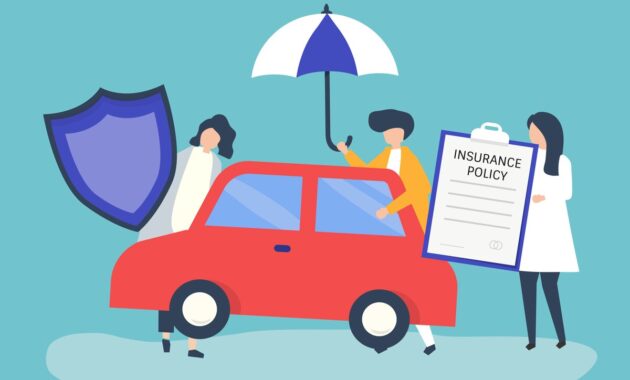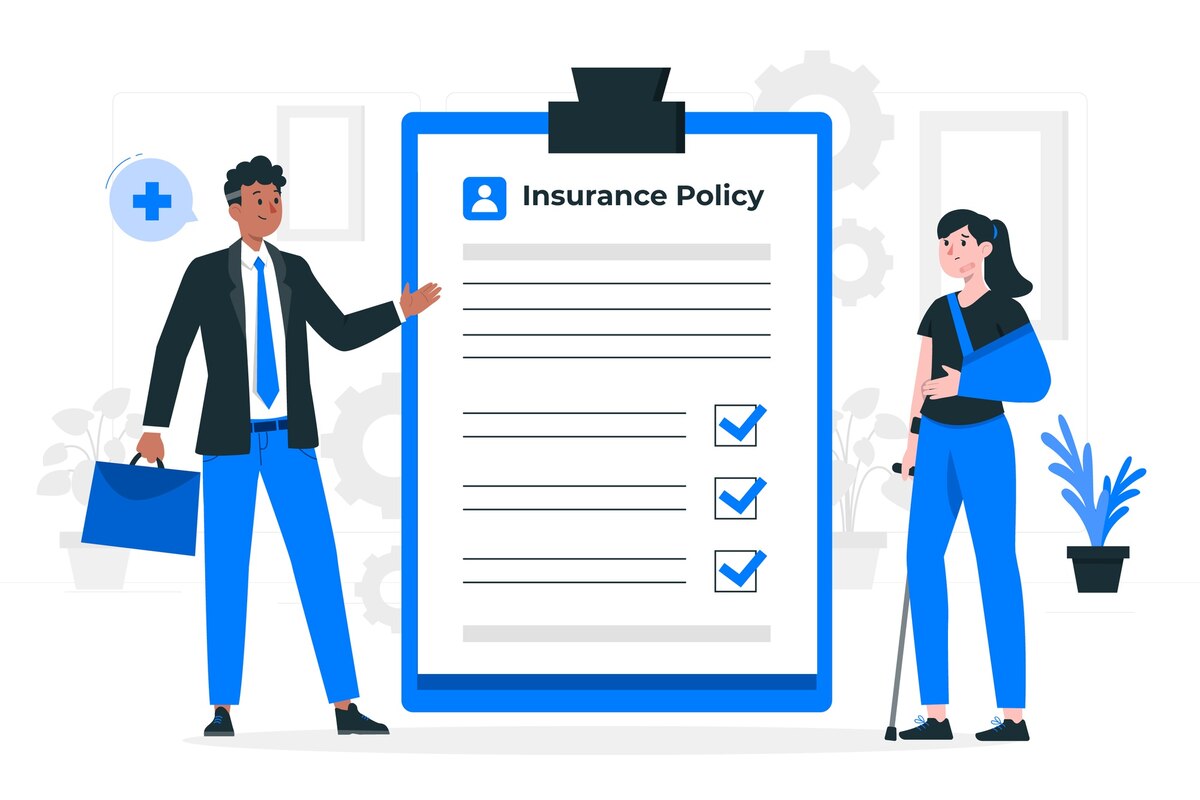Auto insurance may be expensive, particularly in jurisdictions with high minimum coverage. Savvy customers may use the insurance market for savings depending on several aspects. This tutorial discusses techniques to maximize vehicle insurance discounts and make educated decisions.
Bundle And Save
Combining plans or cars with one provider might save you a lot on auto insurance. Bundling offers policyholders cost savings and coverage optimization beyond individual plans. Bundling is appealing for families with several drivers or those wanting asset coverage.
Customers who bundle their plans typically get considerable reductions from insurers. Nationwide and State Farm provide significant savings to bundlers. This streamlines insurance administration and cuts costs. Family plans may save younger drivers, like USAA’s 10% off for new 25-year-old clients. Bundling goes beyond car insurance. Housing scenarios may help homeowners and tenants get more significant discounts.
Policy Genius advises picking providers who give savings for adding homeowner’s or renter’s insurance. Comprehensive house and auto insurance is cheaper when bundled. Bundling policies saves money and simplifies insurance. Combining vehicles, policies, or family members might save money on auto insurance.
Renew Or Switch
Policyholders should compare discounts and choose creative automobile insurance options at renewal. Customers get renewal savings to keep their insurance. This may save policyholders money without compromising coverage. However, switching insurers may reduce premiums. Insurance companies provide low rates to attract new customers.
Value Penguin recommends comparing renewal coverage prices if the current insurer is unacceptable. Before choosing, evaluate the new insurer’s financial soundness and reliability. Policyholders should evaluate coverage, needs, and options to optimize renewal terms. Actively seeking renewal discounts or switching may help consumers get the cheapest car insurance premiums in a competitive market.
Adjusting Financial Aspects
Deductibles and coverage limits may significantly impact monthly prices. The deductible, paid out-of-pocket when filing a claim, significantly affects rates. The Insurance Information Institute says higher deductibles lower monthly prices. This means higher out-of-pocket claim costs, but reduced monthly premiums may save money over time.
For older automobiles, policyholders may examine coverage limitations and alter deductibles. The Insurance Information Institute recommends a reliable source like Kelley Blue Book for automotive valuation. If the car’s worth is less than 1000 percent (10 times) of the premium, policyholders may forgo costly comprehensive and collision coverage.
This smart modification matches coverage to vehicle value, reducing the overinsurance of older automobiles. Policyholders may reduce insurance costs and safeguard automobiles by choosing deductibles and coverage limitations. People may balance cost and comprehensive coverage by intelligently altering these financial components.
Billing Strategies
Billing techniques might reveal savings beyond insurance premium payments. How policyholders pay insurance premiums typically determines discounts. Total premium payments instead of monthly installments are typical and may save a lot.
Additionally, paperless billing might result in savings. As the business becomes digital, policyholders who use electronic invoicing get incentives. Policyholders save money and help the environment by going paperless.
Diversifying charging methods is another option. Some insurance give payment schedules or method discounts. Policyholders may choose the billing approach that best suits them and optimize auto insurance savings by exploring these possibilities.
Mileage Matters
Customizing insurance to driving patterns requires understanding how mileage affects pricing. Many insurers give low-mileage discounts to occasional drivers. This follows the basic idea that fewer kilometers equals fewer accidents. Researching pay-as-you-go policies may benefit low-mileage drivers.
This revolutionary telematics or usage-based insurance records driving behavior and delivers individual discounts. Using smartphone applications or tiny devices hooked into automobiles, State Farm, Progressive, and Allstate allow drivers to save money depending on their driving habits.
Telematics policies incentivize safe driving and mileage. State Farm Drive Safe & Save, Progressive Snapshot, and Allstate Drivewise compute savings based on speed, braking, and time of day. This personalized strategy guarantees policyholders pay rates based on their risk profile, promoting safer driving and possible car insurance savings.
Safe Driving Pays Off
A clean driving record might save you a lot on auto insurance. Insurers often provide significant cost savings to safe drivers to encourage responsible driving. Travelers Insurance gives 10–23% savings to clean drivers. A clean driving record usually requires a set duration without tickets, infractions, accidents, or claims.
Three to five years of incident-free driving earns these reductions from most insurance. Insurers typically provide policyholders discounts for taking a defensive driving program as proof of safe driving. Insurers differ in discount length, but responsible drivers gain financially in the long run. Cleaning up your driving record helps avoid accidents and maintains discount eligibility.
Student Discounts
Full-time college students might get vehicle insurance reductions for their studies. Students who leave their automobiles at home throughout the school year may get cheaper rates. Dorm and college students in metropolitan regions with little driving might consider this.
Additionally, academic achievement typically earns discounts. Good grades decrease insurance prices for many students. State Farm offers a 25% discount to students with a 3.0 or B average. This campaign celebrates students’ academic efforts and promotes appropriate conduct in and out of class.
Student discounts are available to high school and college students. Students may lower their auto insurance premiums by asking about these alternatives and satisfying the requirements, lessening the financial load of retaining coverage while studying.
Anti-Theft Measures
Installing anti-theft equipment improves vehicle security and may lower auto insurance prices. Many insurers give discounts to drivers with certified anti-theft equipment. According to Investopedia, vehicle alarms, LoJack, and other anti-theft equipment may save GEICO customers 25%.
Anti-theft systems may be expensive to buy and install, but lower insurance rates make them worthwhile. Insurance companies minimize the risk of an insured car since the enhanced security deters theft. Anti-theft methods should be cost-benefit analyzed to compare savings to upfront expenditure. These security measures safeguard automobiles and unlock significant car insurance reductions, making it a win-win.
Conclusion
The complete vehicle insurance savings guide covers strategic methods that help consumers make educated coverage selections. Each component offers practical information, from combining insurance for efficiency to renewing and switching, changing finances, and contemplating billing tactics.
Understanding how mileage affects insurance prices, keeping a clean driving record, using student discounts, and adopting anti-theft systems help manage auto insurance premiums financially. This book empowers readers to understand the insurance environment and actively seek and optimize savings depending on their circumstances.


